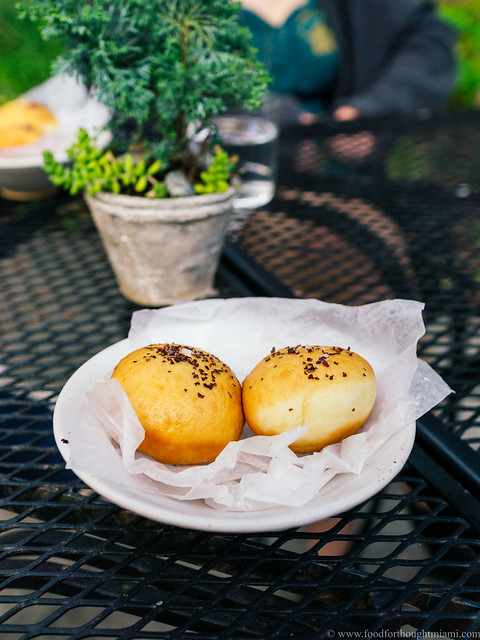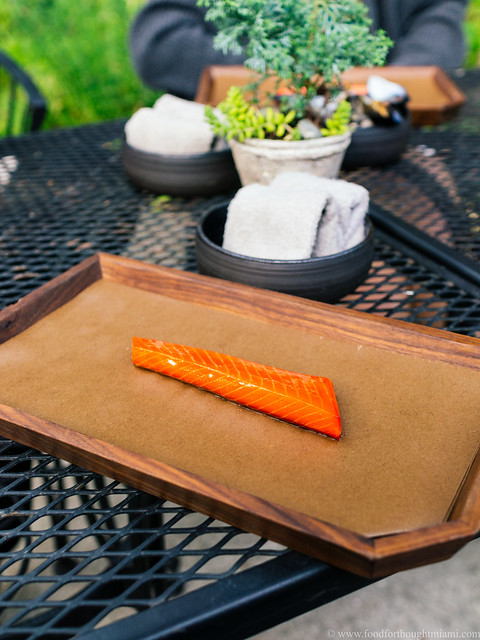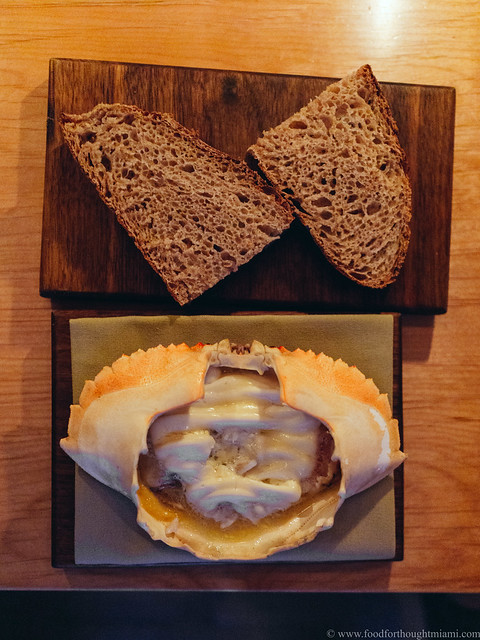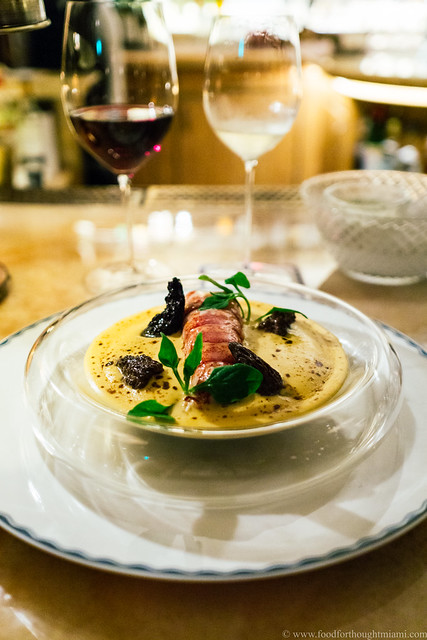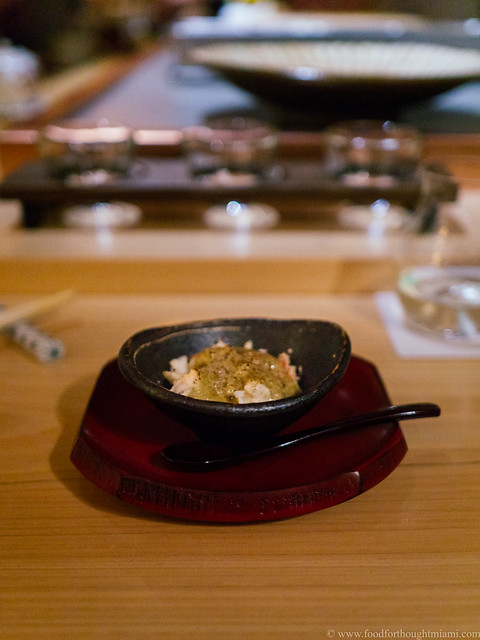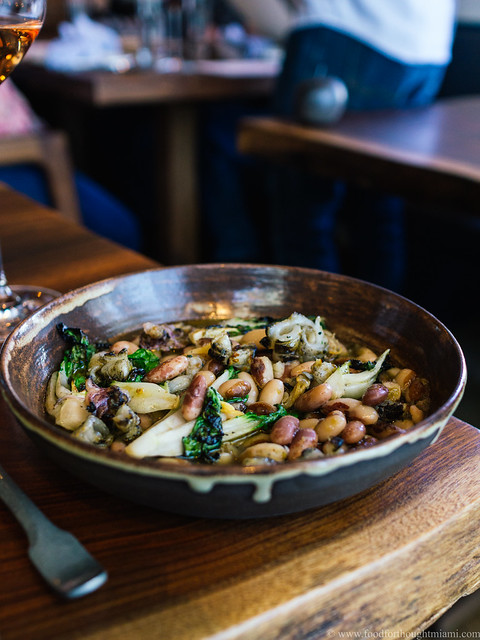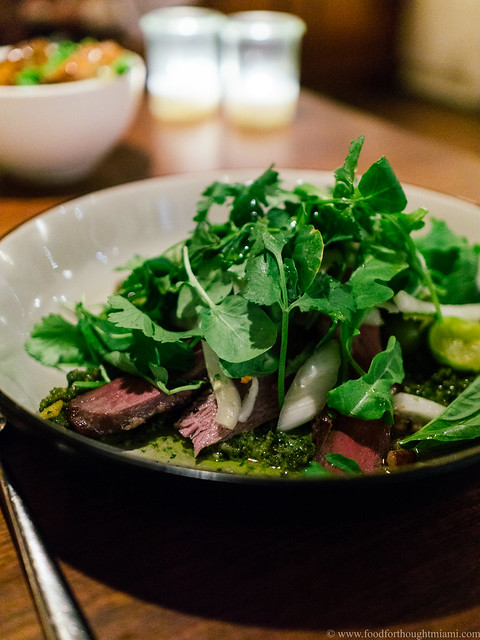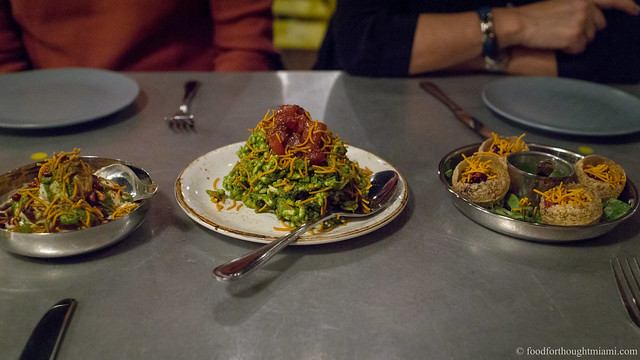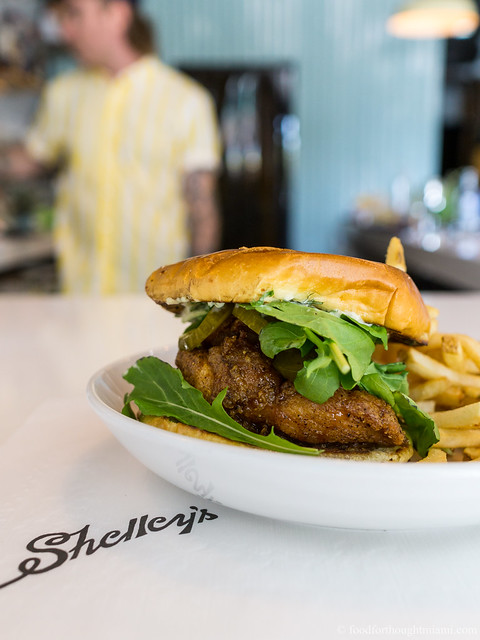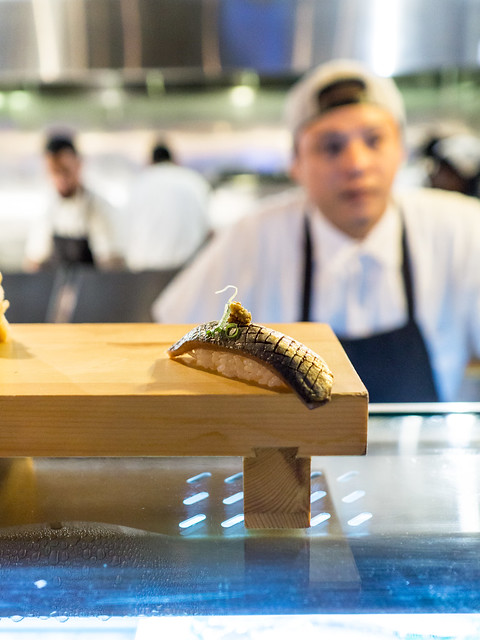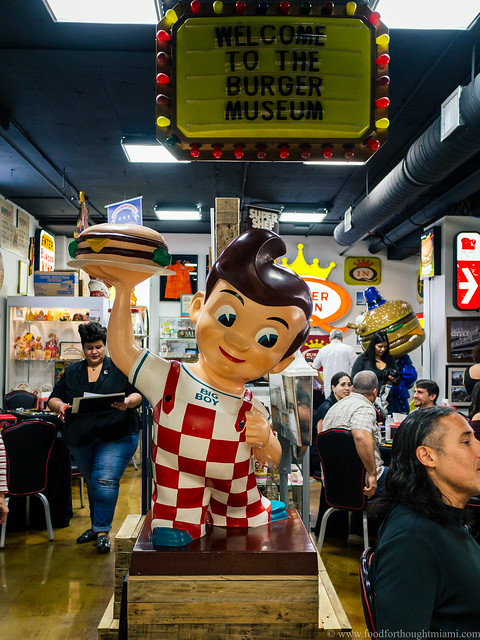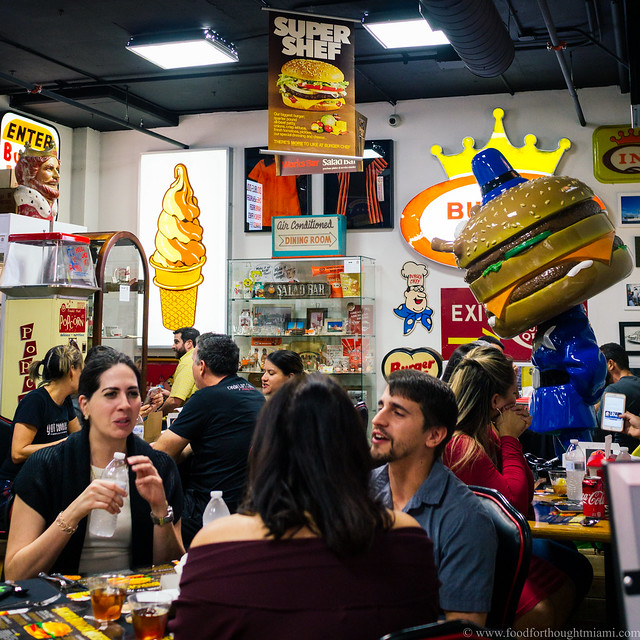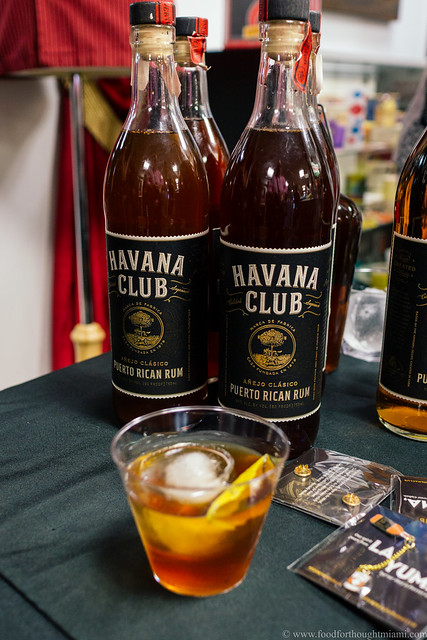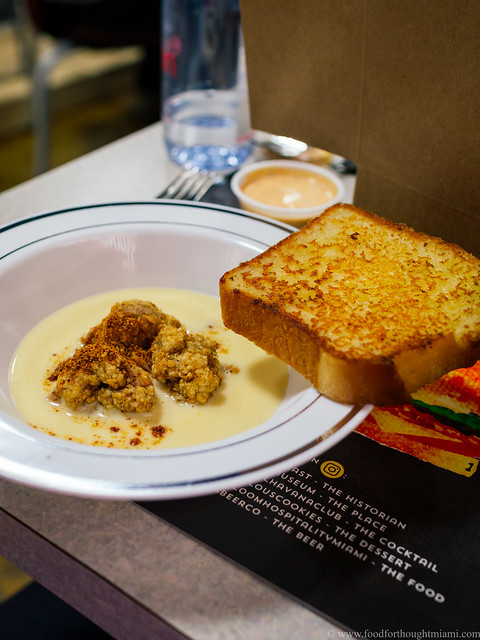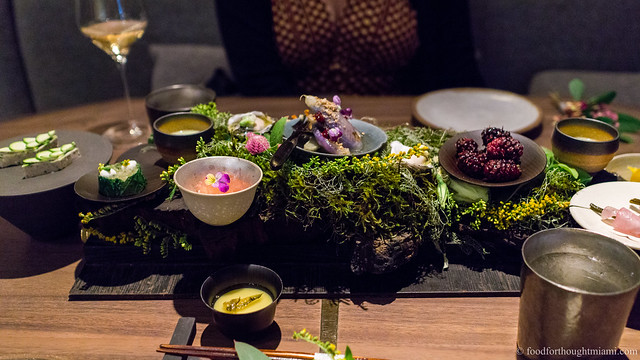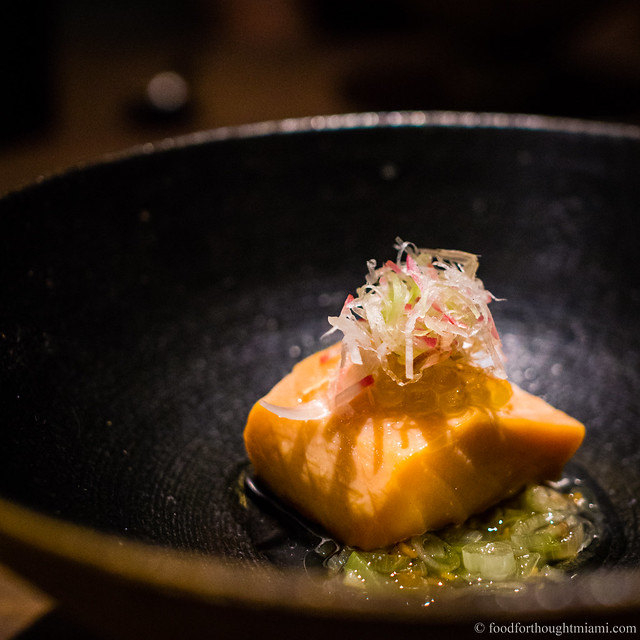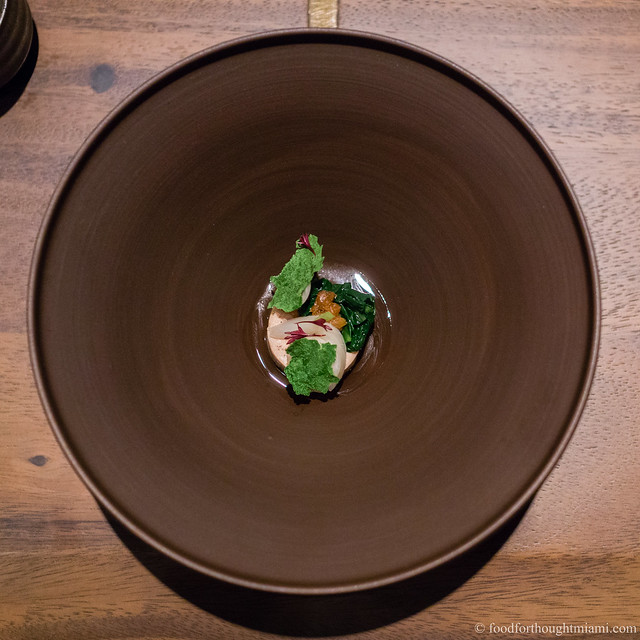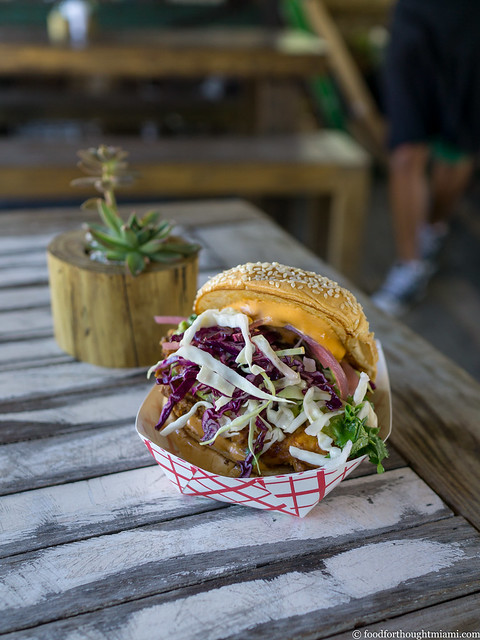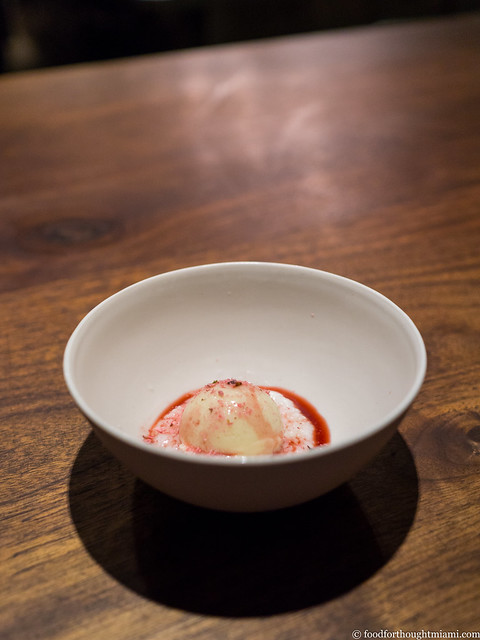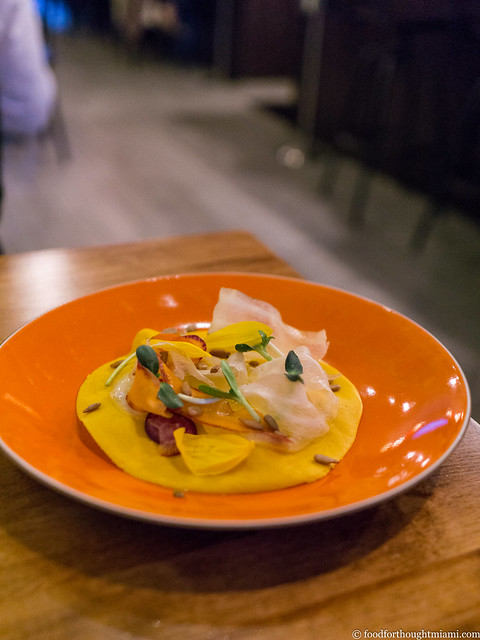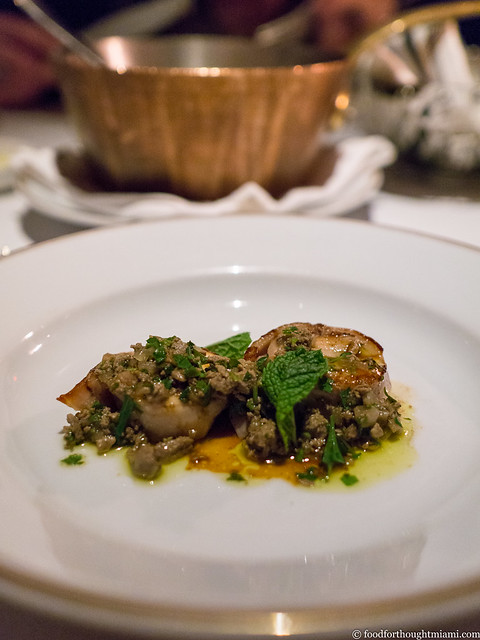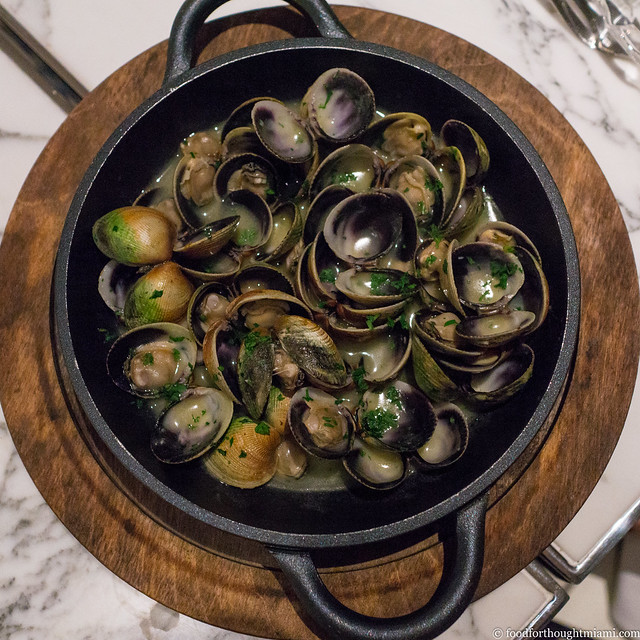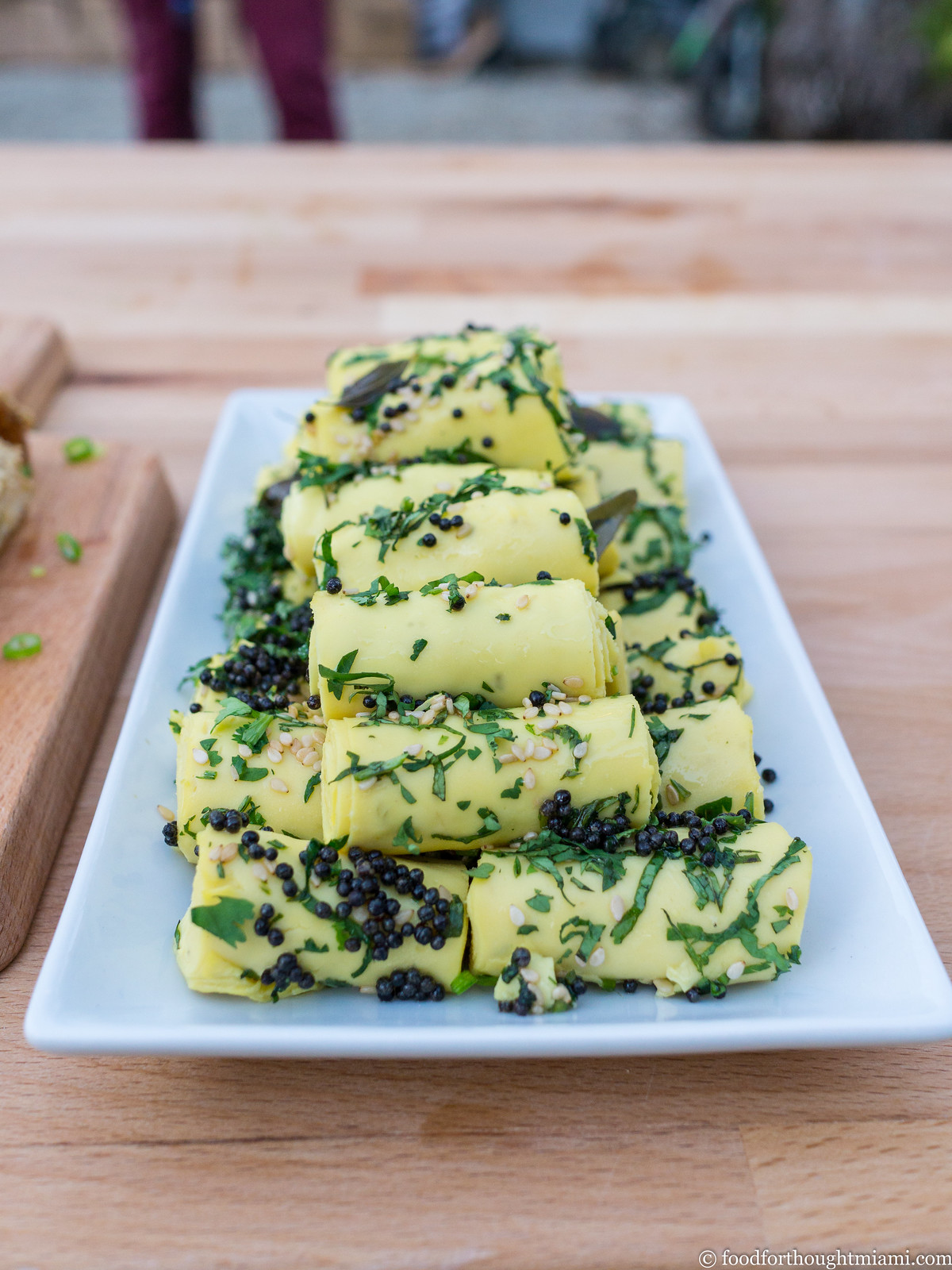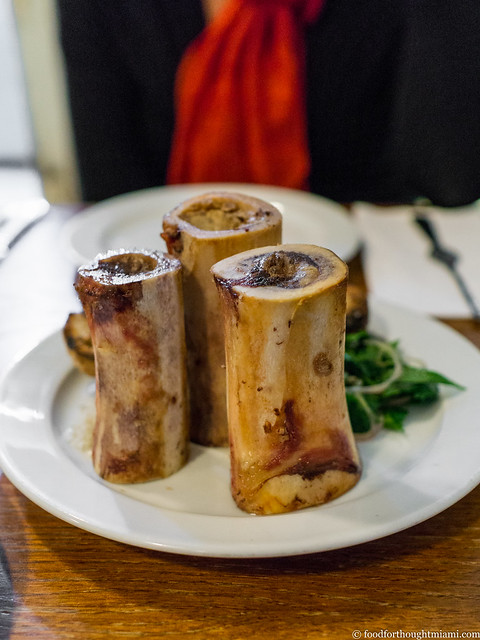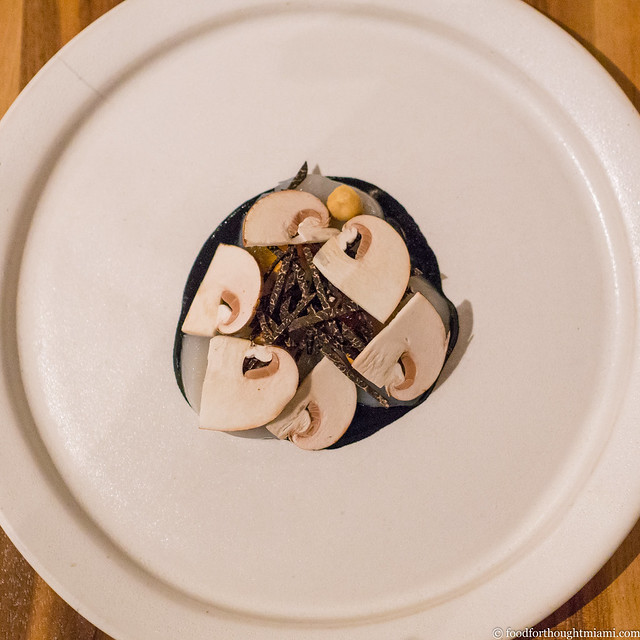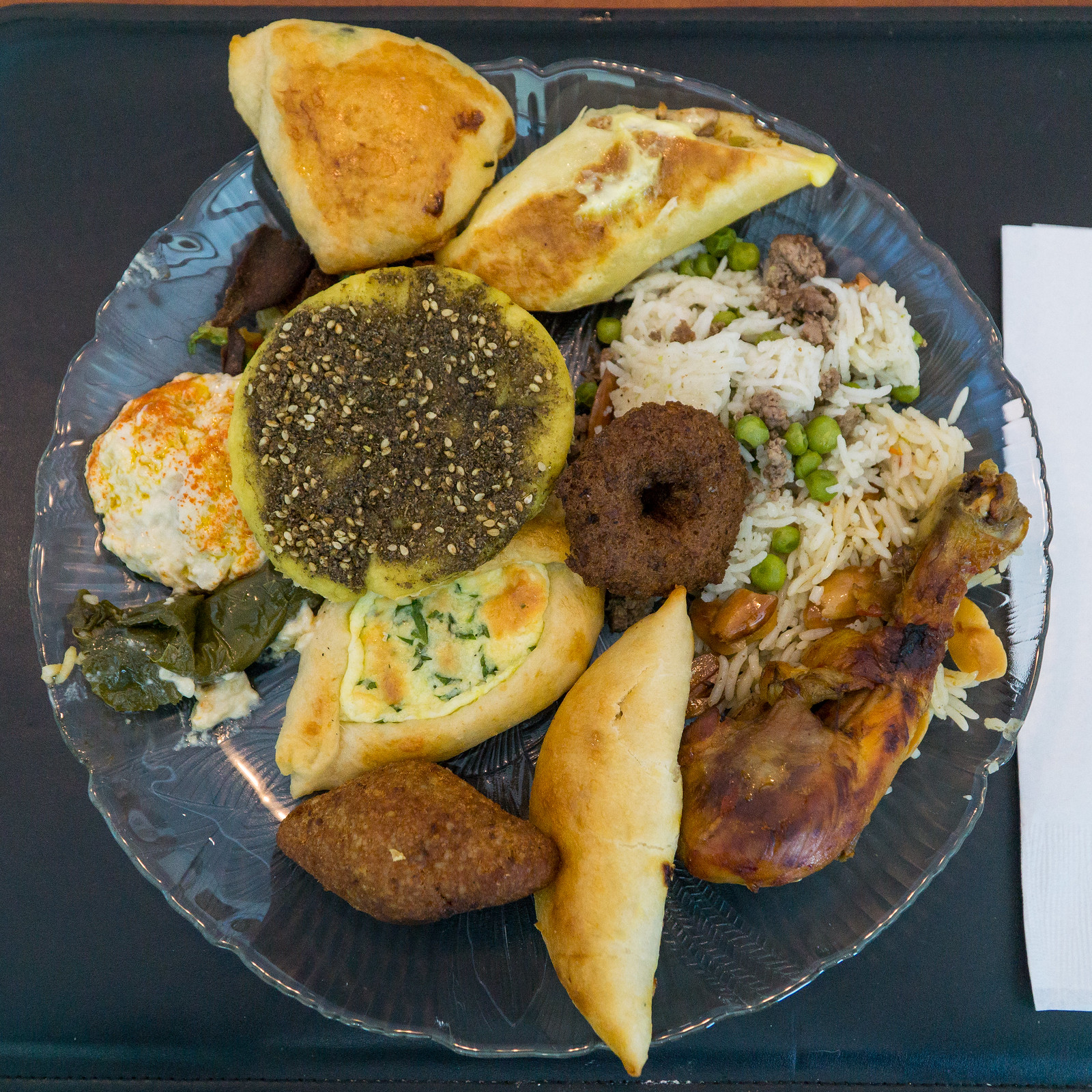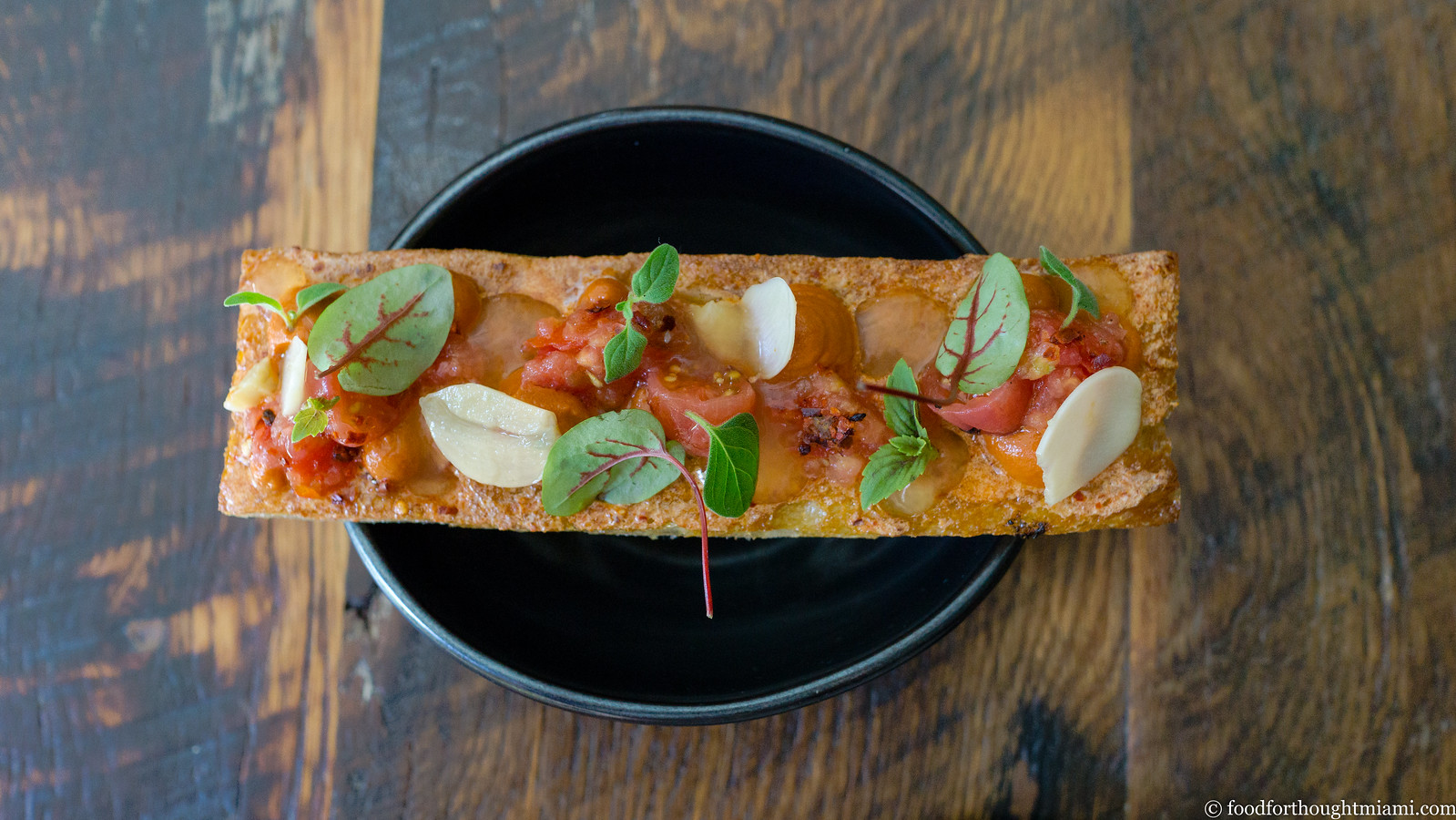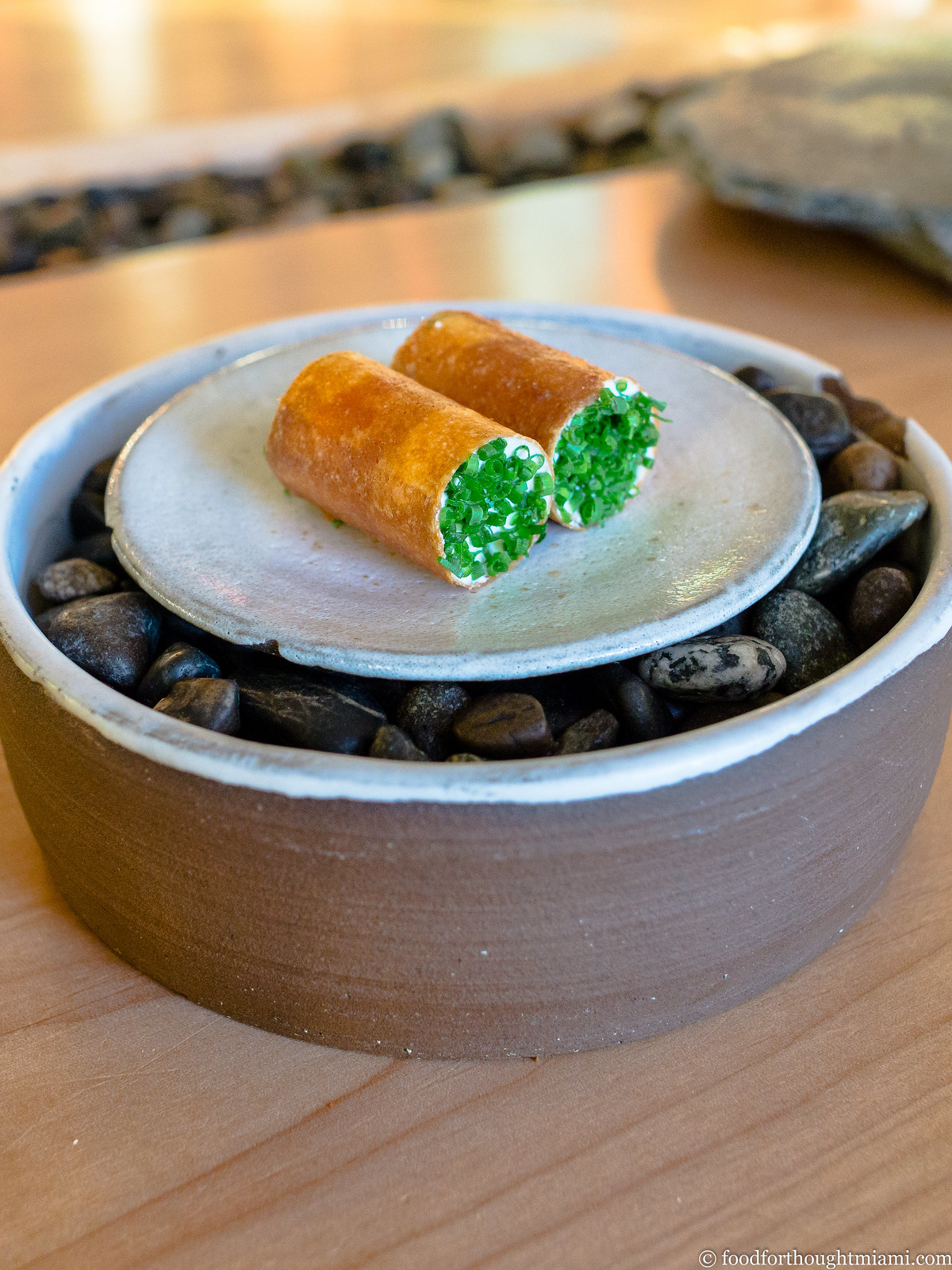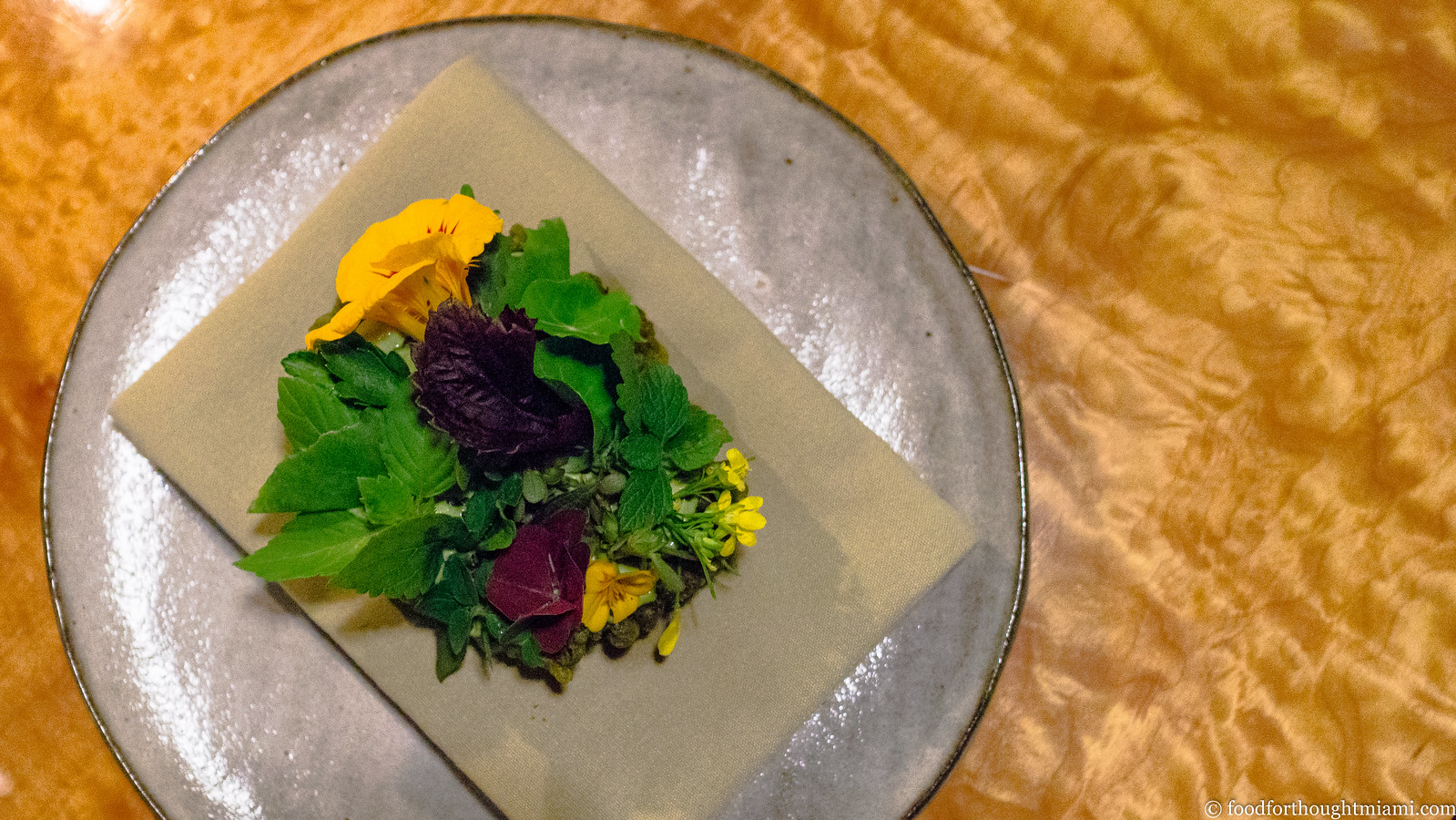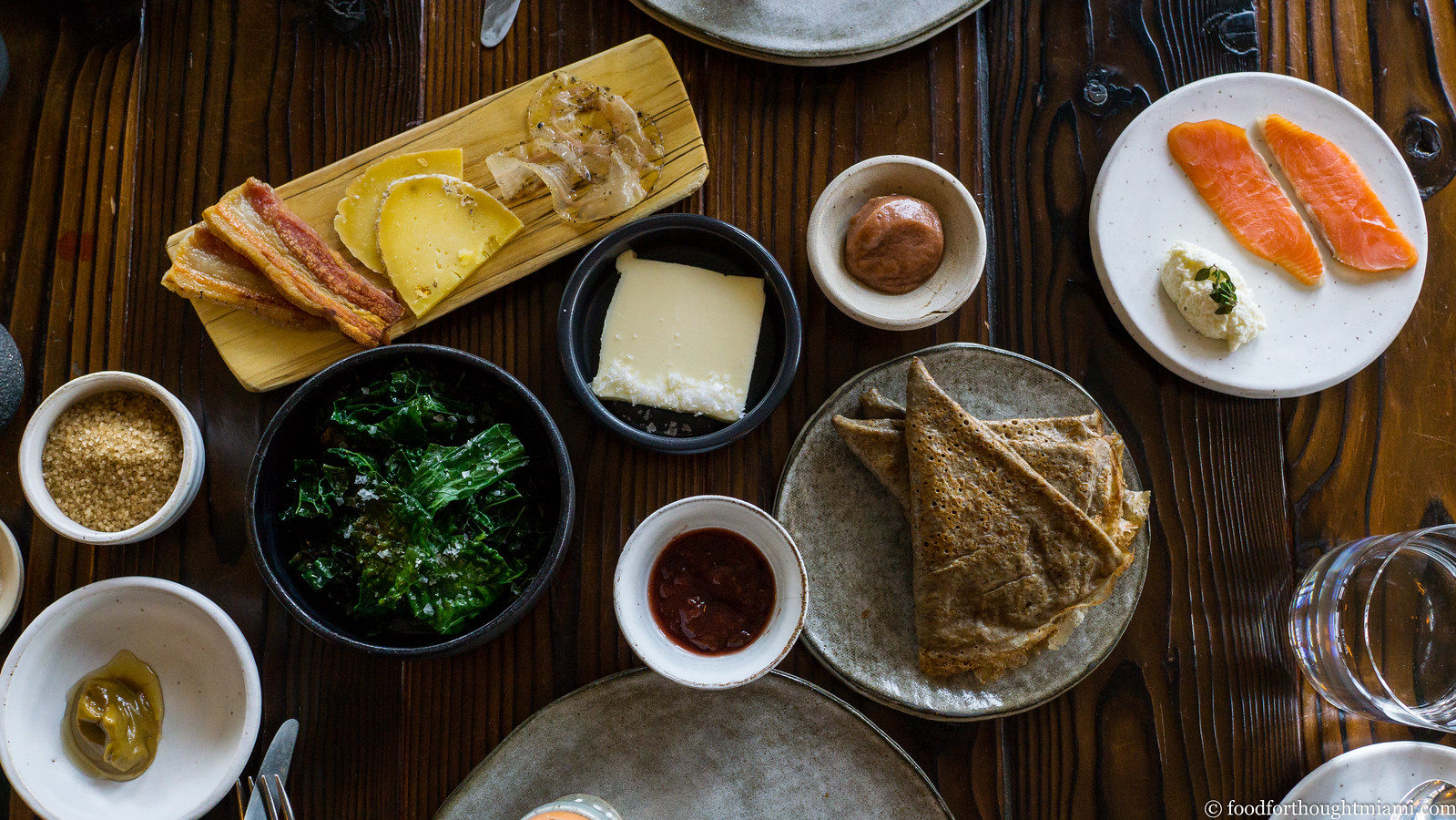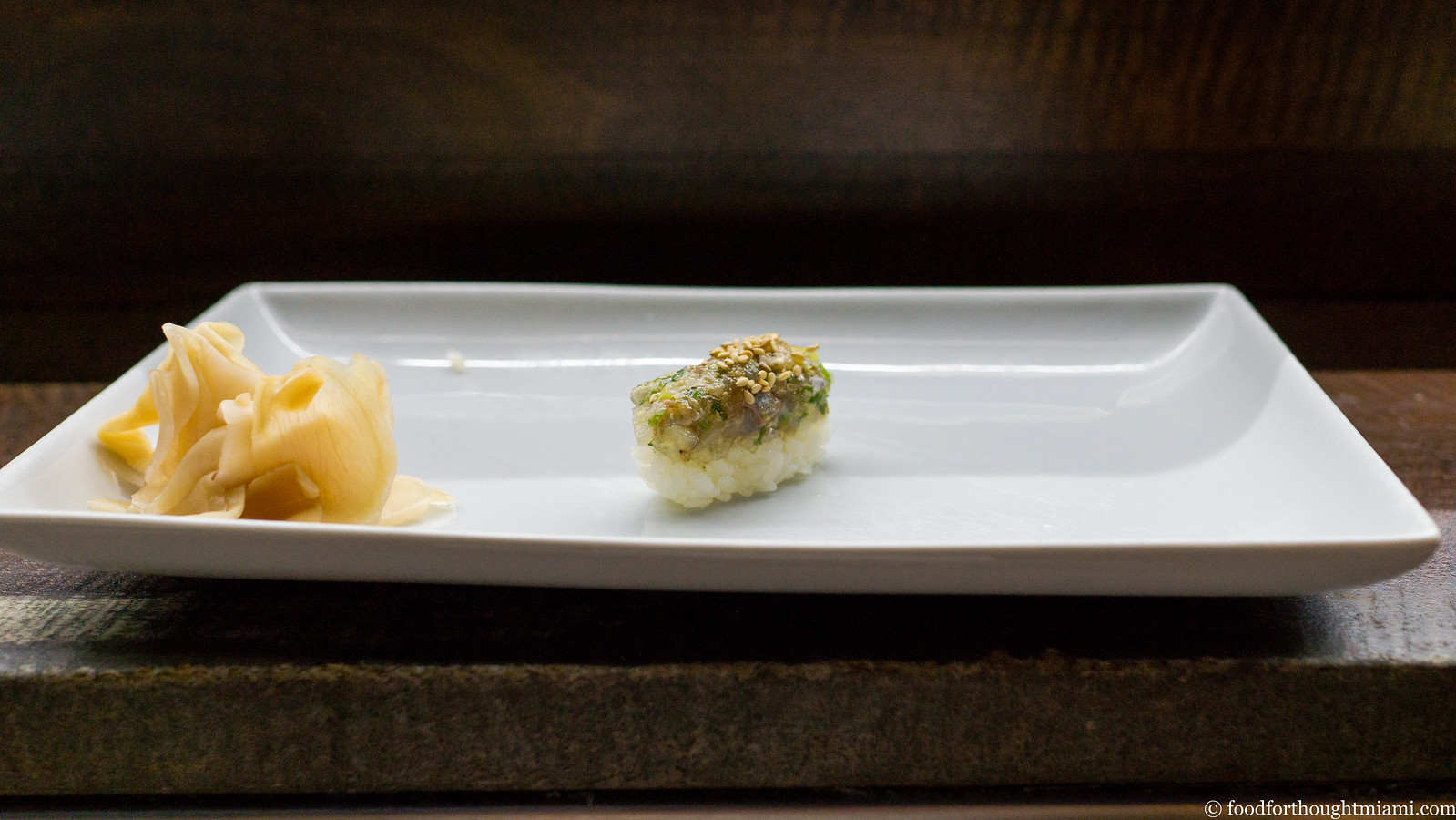This one, in particular, was inspired by a twitter post from Paolo Lucchesi, currently editorial director at Resy and before that the Food and Wine Editor of the San Francisco Chronicle, which in turn was inspired by one from Jeff Gordiner (Food and Drinks Editor at Esquire):
This is a fun thought exercise/bar argument.— Paolo Lucchesi (@lucchesi) December 6, 2019
What about the Bay Area? What are the (12?) restaurants that opened since 2010 that defined this decade of eating in the Bay Area? https://t.co/X1StDbFTAh
When I started considering the answer to that question, one of the first things I realized was what an incredibly fruitful time the years immediately before 2010 were for the Miami restaurant world. Michelle Bernstein won a Beard Award in 2008 for her work at Michy's, which had opened two years earlier in the Upper East Side / MiMo District back when it was still a hotbed for motels-by-the-hour and those who patronize them. She also opened Sra. Martinez in 2008, providing a showcase for cocktail maestro Julio Cabrera as well as a bunch of dishes I still miss (R.I.P. uni panini, crispy artichokes, eggplant and honey, white bean and butifarra stew). Michael Schwartz opened Michael's Genuine in 2007 in the then very sleepy Design District, and picked up his own Beard Award two years after Michelle. Kris Wessel opened the wonderful, quirky Red Light back in 2008, where my family spent countless evenings at the counter (R.I.P. barbecue shrimp, oyster pie, roast quail). Kevin Cory opened the original Sunny Isles location of NAOE in 2009 and blew my my mind open with a bento box that was like a kaiseki dinner in miniature for $26, followed by the best sushi Miami had ever seen. Richard Hales opened Sakaya Kitchen in 2009, an early harbinger of the recent trend of chefs with high-end backgrounds doing the fast-casual thing. Add Bourbon Steak (2008), Scarpetta (2008) and Hakkasan (2009) to that list, among others I'm surely forgetting, and the end of the last decade was a pretty good era for Miami dining.
The next thing I realized was that I was going to need a bigger list. While I instinctively had some thoughts as to which restaurants "defined the decade" of dining in Miami, I needed to reconstruct the timeline to figure out which of those opened 2010 or after, and also see if there were others that I'd overlooked. After consulting the archives, there was a long list of more than forty potential candidates, from which I chose the dozen that to my mind best fit the bill. That selection process is pretty arbitrary, but includes consideration of how much that restaurant reflected or predicted local and national dining trends, as well as popularity and staying power.[1]
So, in chronological order below is my list of the twelve restaurants that opened since 2010 that defined Miami dining over the past decade, with brief explanations. I've also included other notable openings year by year, for the sake of posterity and context, with some occasional additional notes as well.[2]
1. Sugarcane Raw Bar Grill (2010)
Small plates? Check. "Dishes will come out as they're ready"? Check. Sushi, a globally inspired mix of tapas, and a French bistro style roasted chicken, all on the same menu? Check. Sugarcane, which opened in January 2010, embodied much of the experience of dining in Miami over the past decade. For better or worse, some might say, but I will say this: while Sugarcane has evolved into more of a "crowd-pleaser" over the years,[3] when it first opened chef Timon Balloo was doing some fun, delicious exciting stuff – I still crave that crispy tripe with Brussels sprout kimchi. The kicker: Timon is closing out 2019 with the opening of a small, intimate space that features a deeply personal menu at Balloo: Modern Home Cooking. It's the kind of food I always wished he would do, and a place I hope we're talking about through the next decade. (Here are my thoughts on Sugarcane from back in the day).
(continued ...)



